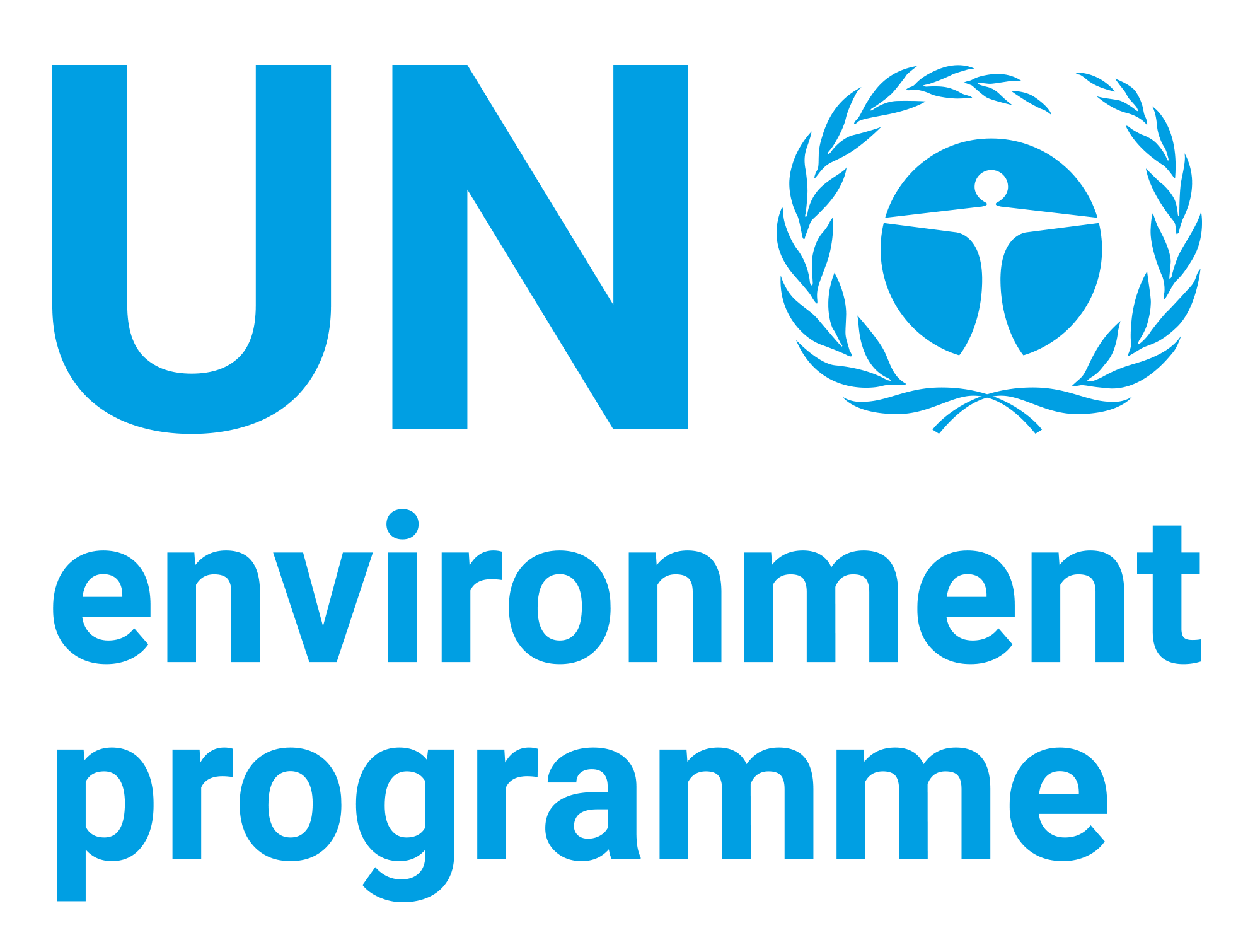Marine Litter in the Baltic Sea Region: Assessment and priorities for response

Date
2009Author
United Nations Environment Programme
Citation Tool
Bibliographic Managers
RT Generic T1 Marine Litter in the Baltic Sea Region: Assessment and priorities for response A1 United Nations Environment Programme YR 2009 LK https://wedocs.unep.org/20.500.11822/7716 PB Baltic Marine Environment Protection Commission (HELCOM) AB TY - GEN T1 - Marine Litter in the Baltic Sea Region: Assessment and priorities for response AU - United Nations Environment Programme Y1 - 2009 UR - https://wedocs.unep.org/20.500.11822/7716 PB - Baltic Marine Environment Protection Commission (HELCOM) AB - @misc{20.500.11822_7716 author = {United Nations Environment Programme}, title = {Marine Litter in the Baltic Sea Region: Assessment and priorities for response}, year = {2009}, abstract = {}, url = {https://wedocs.unep.org/20.500.11822/7716} } @misc{20.500.11822_7716 author = {United Nations Environment Programme}, title = {Marine Litter in the Baltic Sea Region: Assessment and priorities for response}, year = {2009}, abstract = {}, url = {https://wedocs.unep.org/20.500.11822/7716} } TY - GEN T1 - Marine Litter in the Baltic Sea Region: Assessment and priorities for response AU - United Nations Environment Programme UR - https://wedocs.unep.org/20.500.11822/7716 PB - Baltic Marine Environment Protection Commission (HELCOM) AB -View/Open
Item Statistics
Display item statisticsMetadata
Show full item recordDescription
HELCOM marine litter project is the first effort in the region to look into the scale of the problem, the availability of information and the actions needed in the Baltic Sea area. Lack of comparable and reliable data is a major gap in marine litter issues in the Baltic Sea. There is dispersed information collected with different practices, the practice depending on the reporting organization or authority. Therefore HELCOM has prepared a Recommendation for the harmonization of methods of sampling and reporting the amount and type of marine litter on the beach within the Baltic Sea region, and a survey form for reporting marine litter, in order to get more harmonized data from different initiatives in the future. Amendments to the HELCOM Recommendation 28/1 on Application of the no-special-fee system to shipgenerated wastes in the Baltic Sea area has been prepared by the project to include the litter caught in the fishing nets to the no-special-fee system. Main land-based sources of marine litter indicated by five countries are tourism and recreational use of the coasts. Five countries reported major sea-based sources in the Baltic Sea to be commercial shipping (fishing boats, cargo ships, tankers, passenger ships) and pleasure craft. The importance of a source varies in different areas of the Baltic Sea. The most common type of litter in the Baltic Sea is related to the most common land-based source, tourism and recreation. Other common findings in the Baltic coasts are fishing related litter, wood, food waste, sanitary and sewage-related litter, clothing and rubber. Detached vegetation accumulating on the shore can be a major problem in certain areas. Plastic items are the most common type in many areas. The amount of plastics is a good indicator of marine litter trends according to the data provided by the countries and information found on the literature, since plastics make 30-60% of both litter pieces and litter weight. The amounts reported by the countries and the information provided by NGOs suggest that there is no clear descending or ascending trend in the marine litter found on coasts of the Baltic Sea. The amounts can be substantial in some specific sites near the sources of litter (e.g. shipping routes, rivers, public beaches). The highest amounts in the data from the Baltic Sea were between 700 and 1200 pieces per 100 m of a coast, which is the similar level found on the beaches of the Northern North Sea (Final Report of OSPAR Pilot Project on Monitoring Marine Beach Litter 2007). However, in many cases the average amount of litter found on the coasts varied between 6 and 16 pieces of litter per 100 m of coast. It can be said that littering is not as big problem in the Baltic Sea as in the North Sea area. Yet attention should be paid to the specific points were littering is more extensive and has harmful effects on the environment, or creates a risk or economical losses to the people using or living at the coast.
Collections
Document Viewer
To read more, scroll down below.

